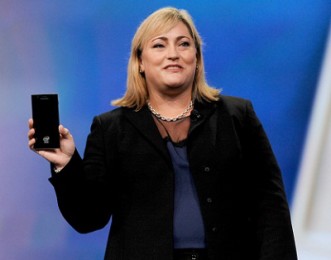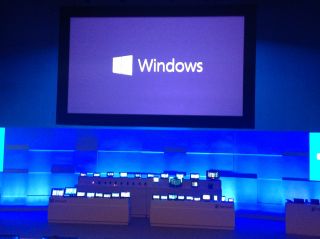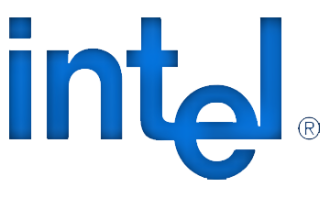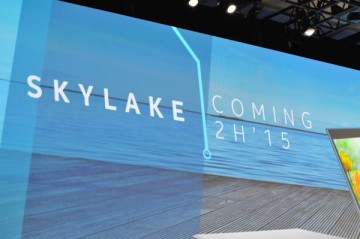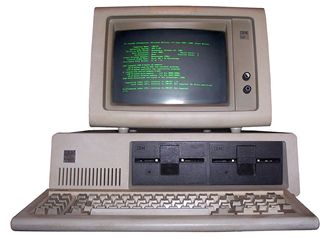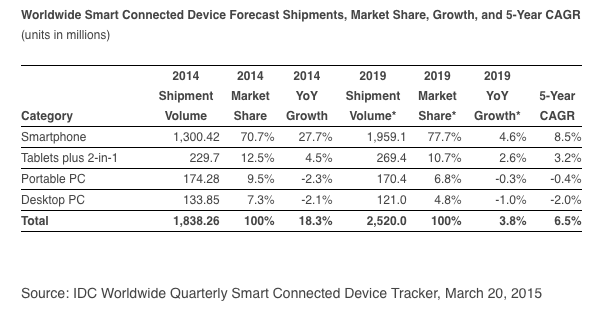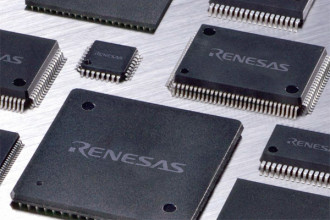 Former maker of expensive printer ink, HP Enterprise (HPE) has announced a new IoT and Aruba solutions package aimed at better cloud data collection, analysis and beacon management.
Former maker of expensive printer ink, HP Enterprise (HPE) has announced a new IoT and Aruba solutions package aimed at better cloud data collection, analysis and beacon management.
The move will help HP partners come up with IoT packages for big corporate clients.
Dubbed Edgeline IoT Systems, the new product line is a joint venture between HPE and Intel. Two devices, Systems 10 and 20 are available in rugged, mobile and rack-mounted versions and sit at the gateways at the network edge. Built around Microsoft’s Azure IoT Suite they will run Windows 10 IoT for industrial, logistics, transportation, healthcare, government and retail applications.
System EL10 is tailored to entry-level deployments, EL20 comes with more features for higher compute capabilities and quick deployments. It’s can handle higher volumes. Both run on HPE’s Moonshot.
Aruba has released a cloud-based beacon management solution aimed at multivendor Wi-Fi networks.
The IoT Aruba Sensor crosses a Wi-Fi client and BLE radio, so that users can remotely manage Aruba Beacons across wi-fi networks on a Meridian cloud.
The new sensors are meant to help companies introduce location-based services.
HPE Edgeline IoT Systems are available now in the US and Aruba sensors are now available to order.

